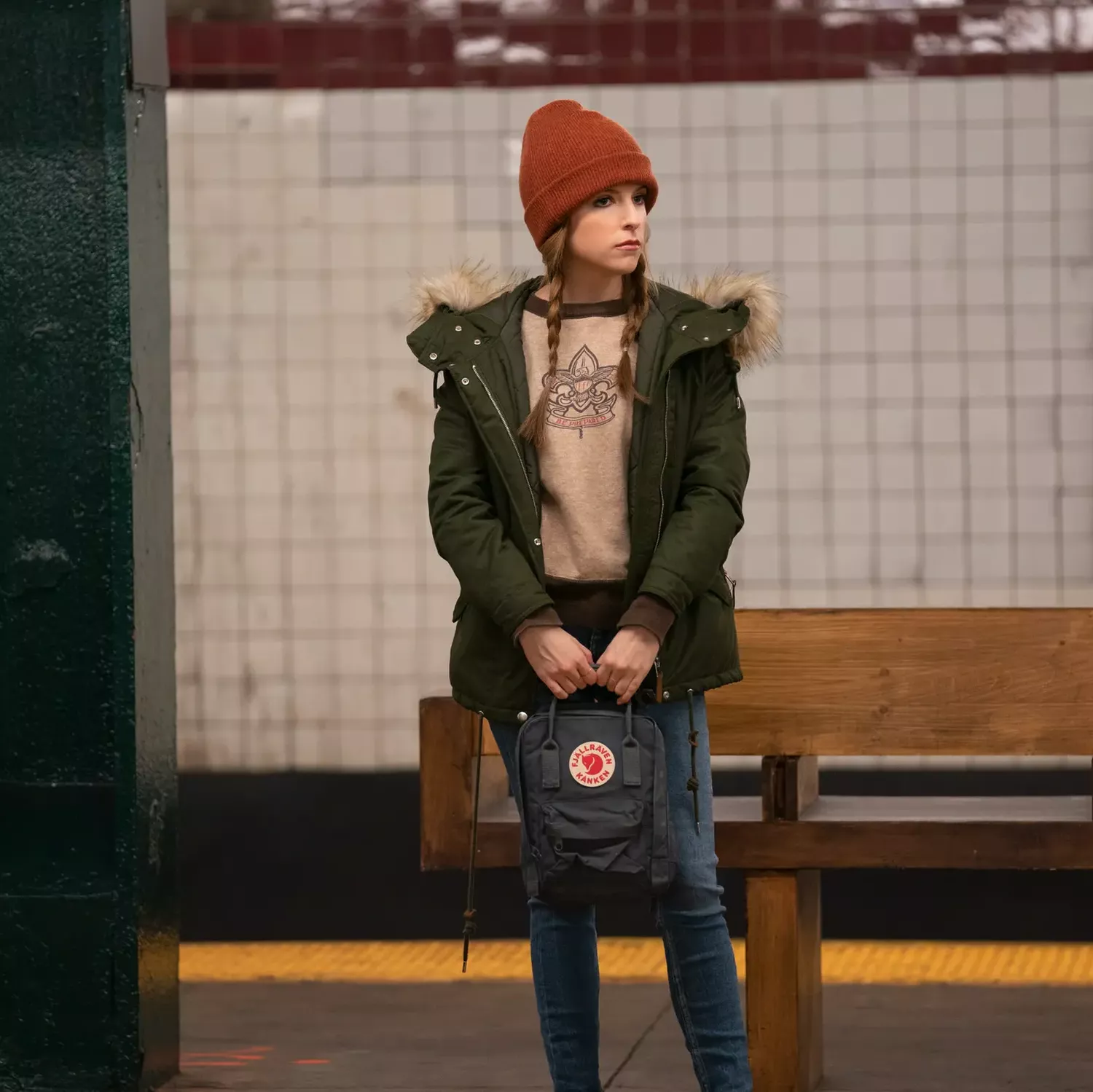This back-saving bag is an indisputable part of Scandinavian style with a proven staying power. Worn by royals and celebrities alike, Vogue Scandinavia charts how this casual carry-all crept up the sartorial ranks
I first came across the brand in 2015; when, suddenly, a vast majority of my Normcore friends, in their black jeans, grey T-shirts, and Birkenstocks, dotted the I’s of their outfits with a vividly block-coloured backpack – Preferably adorned with Fjällräven’s Arctic Fox logo. The basic styles were worn like a badge of honour, and they quickly spread far outside of my social circle. Kånken seemed to be everywhere, with a motley cluster of carry-alls scattered throughout my daily commute.
Once favoured by the alternative converse-crowd sporting Betty Page bangs, the Swedish brand saw their backpacks boom internationally during the 2010s, going from a subculture staple to the preferred practical pack of most everyone we know – Student and CEO alike. From Alexa Chung to Her Royal Highness, Crown Princess Victoria, the bag has garnered unfathomable international favour in society’s every echelon.
The style first saw the light of day in 1978, when the brand’s founder, Åke Nordin, designed a square backpack focused on functionality. Since its genesis, very little has changed about the classic Kånken. Except for a seasonally updated kaleidoscopic colour-scheme, the familiar features remain the same; The u-shaped zipper, the straps across the bottom, the top tote handles, and the pockets all prevail.

Princess Estelle brought the iconic backpack on her first day of kindergarten in 2014, here carried by Crown Princess of Sweden Viktoria. Photo: Getty
Over the years, however, the original design has been reworked and adapted to fit innumerable lifestyles. Today, the brand offers a variety of Kånken models; The laptop backpack, ’samlaren’ with its many mini-pockets, the over-the-shoulder totepack, the scaled-down Kånken sling, and hands-free Kånken hip pack. The designs are all versatile enough to please outdoor adventurers and city-slickers alike.
It was arguably Fjällräven very first collaboration with Acne Studios in 2018 that cemented the brand's sartorial status as a fashion powerhouse. For the capsule collection, Acne Studios reworked the outdoor wear brand's apparel as well as reimagined the classic Kånken in three ways: the legendary and classic backpack, a messenger bag, and as a mini Kånken clutch.

Anna Kendrick as Darby in Love Life. Photo: HBO Max

Patricia Allison as Ola Nyman in Sex Education. Photo: Netflix

Alba August as Simone Andersen in The Rain. Photo: Netflix
The classic style has made its mark on the silver screen, the instantly recognisable fox logo appearing in shows like Sex Education, Love Life, and Riverdale. The backpack has also made appearances in local productions with international acclaim, such as the Norwegian hit-show Skam and sported by Alba August in The Rain.
The bag is a surprising accessory for the red carpet, but was seen on Oscar-winning director Chloé Zhao in 2021 during the 78th Venice Film Festival. She paired the classic backpack with a long floral Giorgio Armani dress.

Chloé Zhao wearing the Fjällräven Kånken and Giorgio Armani at the 78th Venice Film Festival. . Photo: Getty
Originally made out of vinylon fabric, the material is sturdy enough to withstand any sharp tools, and the durable backpack soon saw celebrity in the artist community as well. Fjällräven has over the years partnered with artists to give their candy-colored assortment an artistic update.
The Swedish brand stays true to its sustainable messaging. At the beginning of 2021, the Kånken bag got a material makeover as Fjällräven launched the Tree-Kånken. The new iteration is constructed of an innovative, 100 percent plant-based fabric made out of traceable wood called Pine Weave. Creating a locally controlled supply of raw materials outside of the brand’s birthplace, Örnsköldsvik in northern Sweden, Fjällräven has gone above and beyond the industry’s standards. Additionally, the coloring process – typically the most energy-intensive stage of fabric manufacturing – was also updated for Pine Weave, consuming 65 percent less water, 40 percent less energy, and 50 percent less chemicals.
When discussing the It-status of the Kånken backpack, it isn't easy to wrap your head around the star-power of such an unassuming bag. It is baffling that a backpack intended for functional fiends has far outlasted and outperformed the ceaseless seasonal smorgasbord of high-end handbags on offer. When reviewing the facts, there seems to be an unequivocal truth; Kånken was designed to last, both aesthetically and physically.

